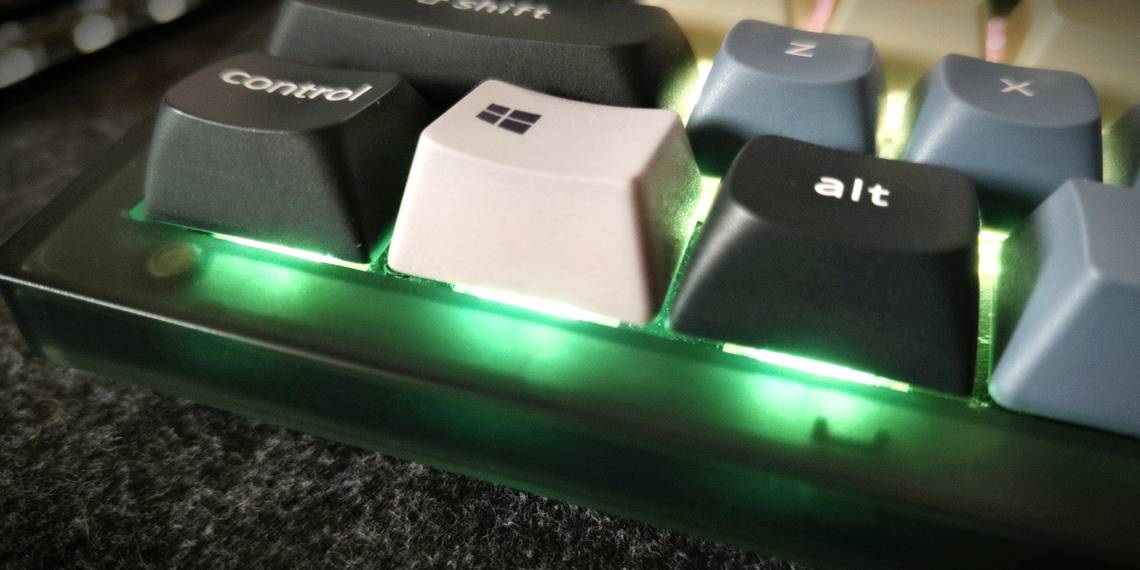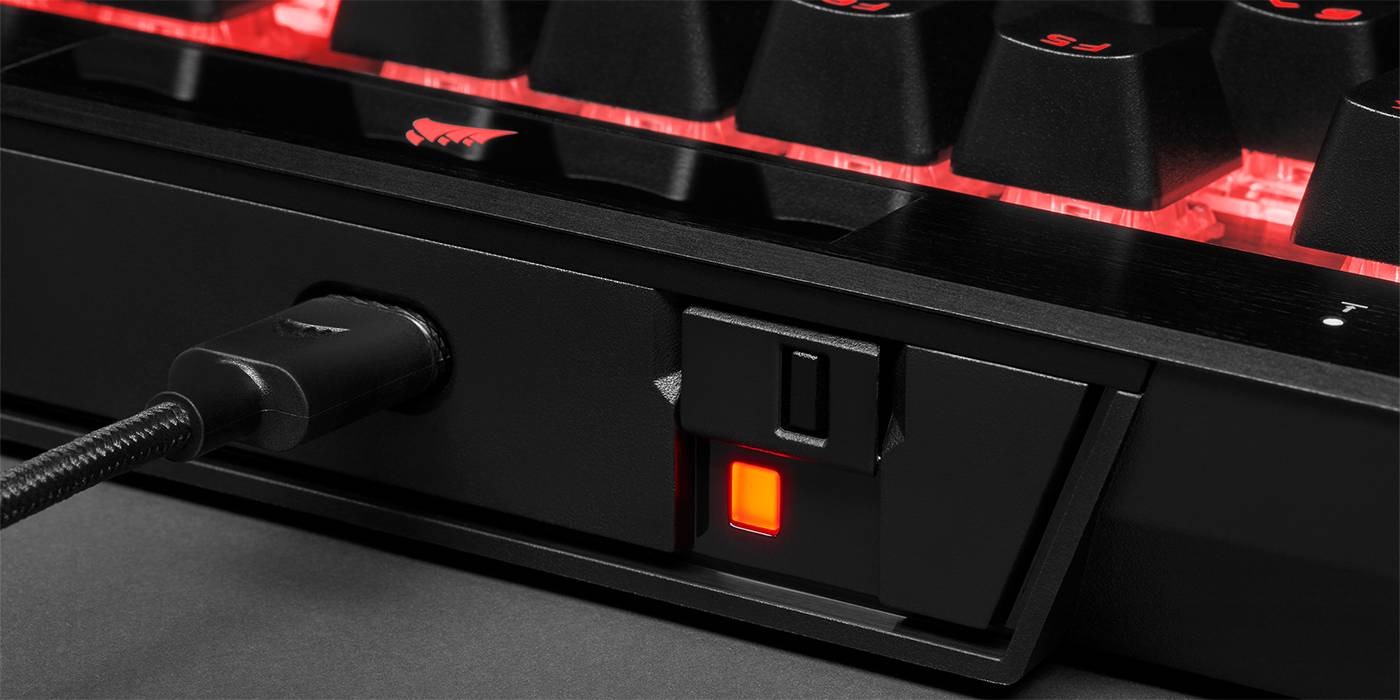The management of one's numerous RGB devices is now easier thanks to one of the latest features that are coming to Windows that eliminate the need to deal with bloatware.
Microsoft is taking the necessary steps to create an integrated RGB management platform for Windows. Although the operating system remains the dominant choice in the majority of enterprise and gaming instances, some developments over the last couple of years have pushed Microsoft to finally embrace certain features that were for a long time.
For instance, Valve's introduction of Steam Deck, for instance. Steam Deck, which quickly gained a reputation for being among the most gaming handhelds of the present offered gamers an alternative operating system to Windows which was the SteamOS. Although SteamOS by itself will not be able to compete with Windows as the most popular gaming OS anytime soon. However, the fact is that Microsoft's most popular operating system isn't the ultimate and only option it was in the past.
One small, but important method by which Microsoft seeks to improve the functionality and functionality of its Windows OS and its future significance for gamers is through RGB management. It's not a secret that, for the past few years, every major maker of peripherals relies on its own exclusive RGB management system, similar to Corsair's ICUE utility. They don't allow users to integrate third-party devices to make it easier to integrate their RGB lighting with each other and Windows 11's most anticipated feature called The Dynamic Lighting Menu, is designed to fix this problem completely.
According to Microsoft's latest announcement on their official site, Windows users will soon be in a position to "effortlessly" customize all their RGB-enabled devices with a simple menu screen that allows all of their devices to work seamlessly together without the requirement for third-party software. Although the OS has the handheld option isn't officially for Windows, however, modifications like the brand-new Dynamic Lighting menu demonstrate that Microsoft is indeed making progress in making the OS a more user-friendly and enjoyable experience for all users.
Rumors about Valve's SteamOS officially launching have been around for quite a time, but Valve has yet to make any announcements on this issue. Valve's Linux-based operating systems introduced several key innovations to the gaming world including, but not the least, is the power draw across the entire OS and framerate limits. Microsoft could adopt similar features in the near future and especially if Valve intends for Windows-based gaming devices to provide a user experience similar in comparison to SteamOS.
In general, things are sure to improve with regard to Microsoft and Xbox particularly. The CMA has overestimated Microsoft's share of cloud gaming to prevent the purchase of Activision Blizzard. With other developments related to the case, things could change in the direction Microsoft wants from a perspective, resulting in an eventual victory over the long term in the long-term for this gaming firm.


0 comments:
Post a Comment